Yeast is the fabulously curious ingredient that's alive even though it’s neither a plant nor an animal.
Technically, it’s a variety of fungus, and was likely discovered simply by accident, when a mixture of flour and water was left a little too long and naturally occurring yeasts began to ferment the dough.
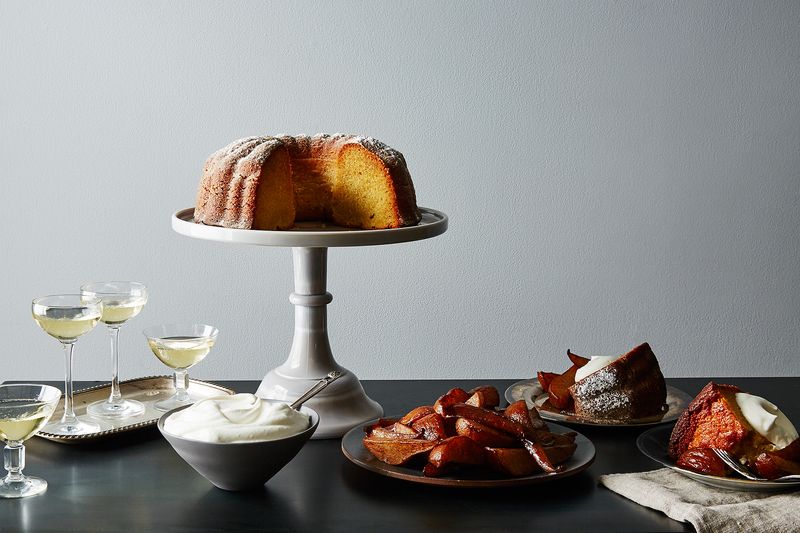
The resulting dough had a lighter texture and a more tender crumb structure; the yeast created carbon dioxide as it fed on sugars provided from the complex carbohydrates in the flour, which created pockets that expanded the dough.
Additionally, the dough had a more delicious taste: The fermentation of the yeast built a delicate, but noticeably greater, flavor and the longer the rise time, the better it became.
The more bakers began to understand yeast, the more they could effectively harness its magical powers to make flavorful bread doughs, to create sourdough starters, and to ferment beer and wine.
This understanding eventually lead to the advent of new chemical leavening agents. These transformed the baking world, which had previously relied on natural leaveners (yeast) and physical leaveners (such as whipped eggs or steam leavening) to produce delicious desserts.
Now, while I’m all for these advents (seriously, my life and profession wouldn’t exist without them), I adore yeast. I love the smell of it fermenting; I love the flavor of it in baked goods. But mostly, I love the way it makes me slow down. A good yeast-risen product takes time (not necessarily to be confused with effort), and, for me, the results of this process is always worth the wait. What starts as something good is transformed into something great with nothing but patience.
That's why I still occasionally bake non-bread items with yeast, too. This simple yeasted pound cake is one of my favorites, and definitely worth adding to your fall and winter baking “to do” list.
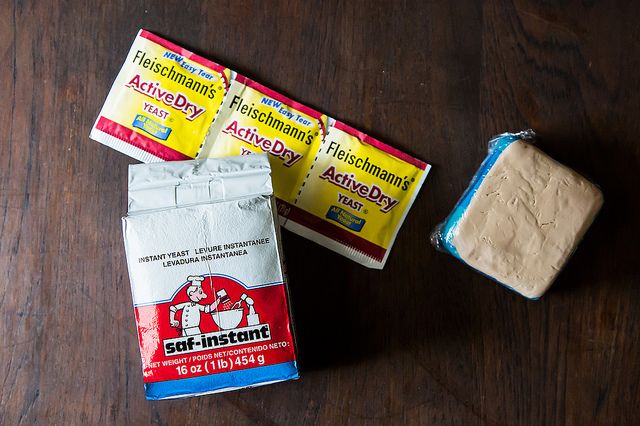
Here's what you need to know to make it (or, skip straight to the recipe!):
1. Ingredients.
2. Mixing.
3. First rise.
4. Stir.
5. Second rise.
6. Bake.
7. Serve.
1. Ingredients.
The ingredients for this yeast-raised pound cake look an awful lot like any other pound cake recipe. And they are! It’s even likely you have them on hand.
Some cake recipes benefit from softer flours with lower protein levels: They're less likely to develop gluten, which can toughen up normally tender products like cakes. Yeast, however, benefits from a slightly stronger structure, which means it’s best to use all-purpose flour. My recipe uses instant yeast, which can be mixed directly into the flour. The wet ingredients are pretty standard: plenty of butter (remember: it’s a pound cake), milk, eggs, and vanilla for flavor.
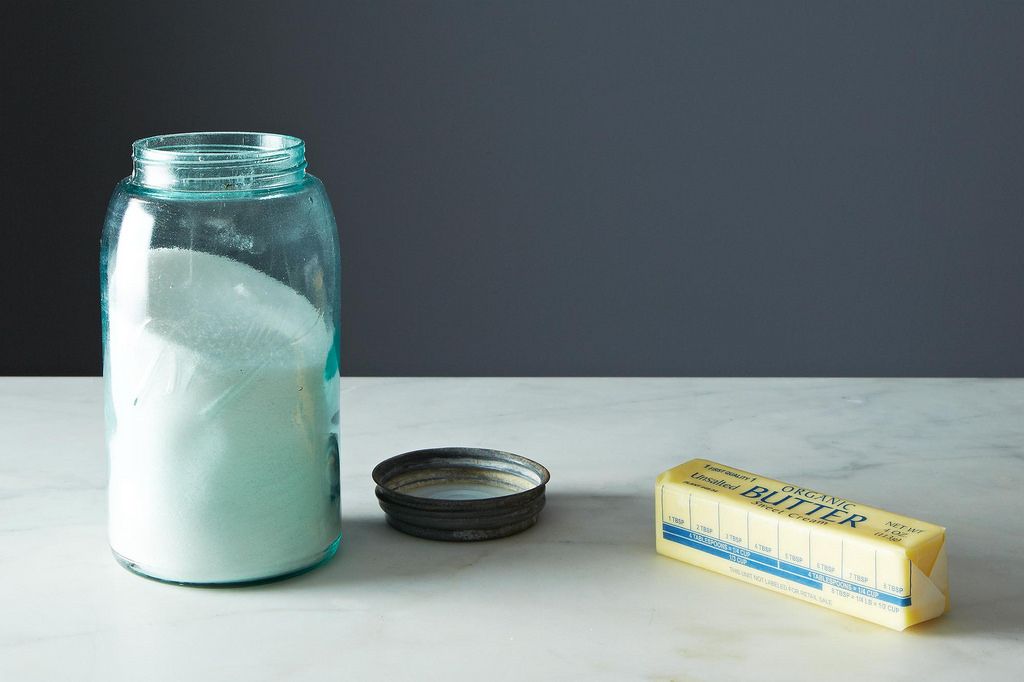
2. Mixing.
Mixing this batter couldn’t be easier: It’s made using the blending method (a.k.a. the easiest method ever).
While recent studies have proven that direct contact with sugar and salt doesn't hurt yeast (a fact that was hammered into my head all through pastry school), old habits die hard, so I whisk the dry ingredients together first, then add the yeast. Next, the wet ingredients are mixed together to combine. Add the wet ingredients to the dry ingredients and mix to combine.
The only real thing to be aware of is to mix thoughtfully: It’s very important that the ingredients are fully combined, but you want to avoid over-mixing, which will make the batter tough.
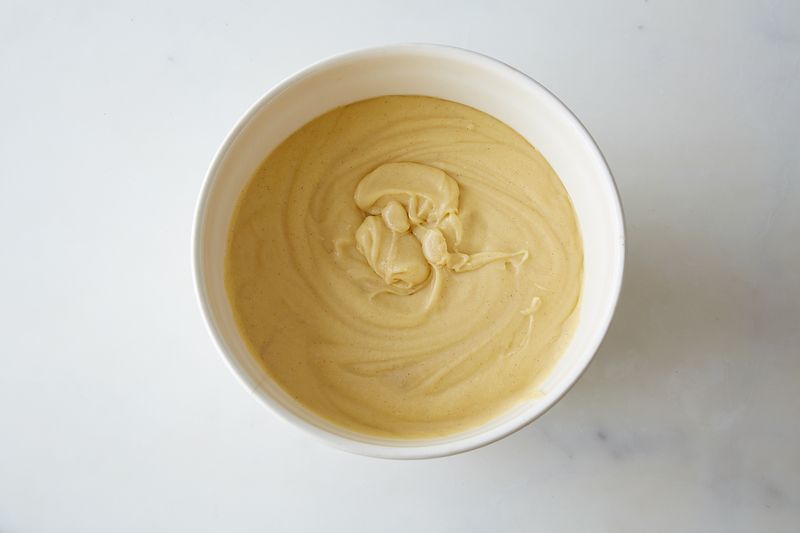
3. First rise.
After the batter is mixed, transfer it to a large bowl and cover it with plastic wrap. Make sure the container is large enough to allow the batter plenty of room to expand—it will nearly double in size by the time the rise is over. Set the container somewhere out of the way in an environment with a moderate temperature (meaning, not in the refrigerator and not by the stove).
Let rise for 12 hours. Yes, 12 hours. But during those 12 hours you don’t have to do anything. At least, not anything with this cake batter. Just set it, go get a cup of coffee, or catch a few Z's, what have you. Plus, you’re building wonderful, yeasty flavor every moment it sets. It probably goes without saying, but I usually like to mix this cake the day before I intend to bake and serve it.

4. Stir.
Just as bread dough benefits from folding to re-distribute the yeast and its “food,” so does the cake batter. Stir the batter at the end of the first rise with a few quick folds before you pour it into the cake pan. This folding action also deflates the batter, making it easier to pour into the pan.
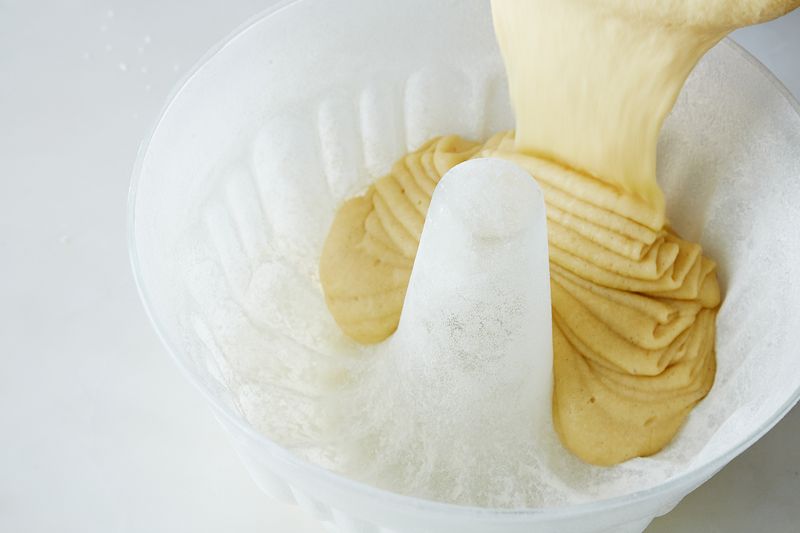
5. Second rise.
More patience is required now. After the batter is poured into the pan, let the batter rise a second time. This usually takes about 1 hour. It won’t double in size this time, but it should increase noticeably in volume, about 25%.
6. Bake.
From here, baking is the same as baking most cakes. Bake until a tester inserted into the center comes out clean.
The main difference is the smell. Not only is it sweet and buttery like a cake, but it’s wonderfully yeasty like a loaf of bread. This is a hefty cake, so it will take a while. If you feel like the cake is browning too quickly, you can tent the surface with foil and/or reduce the oven temperature 25° F.
After baking, cool the cake for 20 minutes inside the pan, then invert onto a cooling rack to cool completely.

7. Serve.
Once the cake has cooled completely, dust it with powdered sugar. I like to serve it with whipped cream and roasted fruit (pears are a personal favorite). This cake holds pretty well, for up to 4 days, because it’s so moist. Just remember to keep it well wrapped in an airtight container after slicing to prevent it from drying out.
Yeasted Pound Cake
Makes one 10-inch bundt cake
3 cups (15.85 ounces) all purpose flour
2 2/3 cups (14.00 ounces) granulated sugar
1 teaspoon (4 grams) salt
2 teaspoons (6 grams) instant yeast
4 sticks (16.00 ounces) unsalted butter, melted and cooled slightly
1 1/4 cups (11.30 ounces) whole milk
4 (7.50 ounces) eggs
2 tablespoons (1.00 ounces) vanilla extract
Confectioners' sugar, for garnish
See the full recipe (and save and print it) here.
Photos by Bobbi Lin, James Ransom, and Yossy Arefi

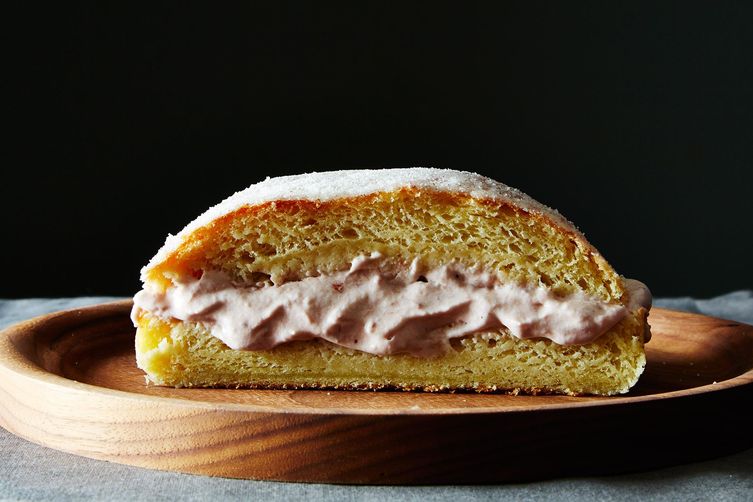
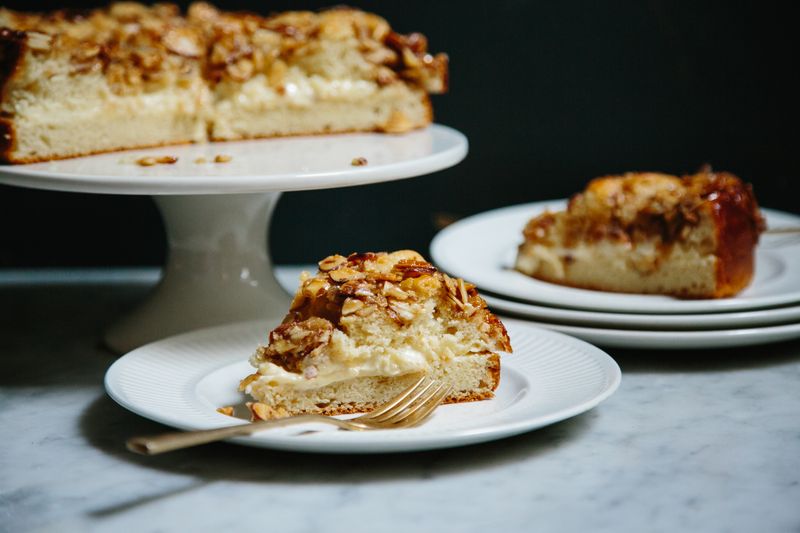







See what other Food52 readers are saying.